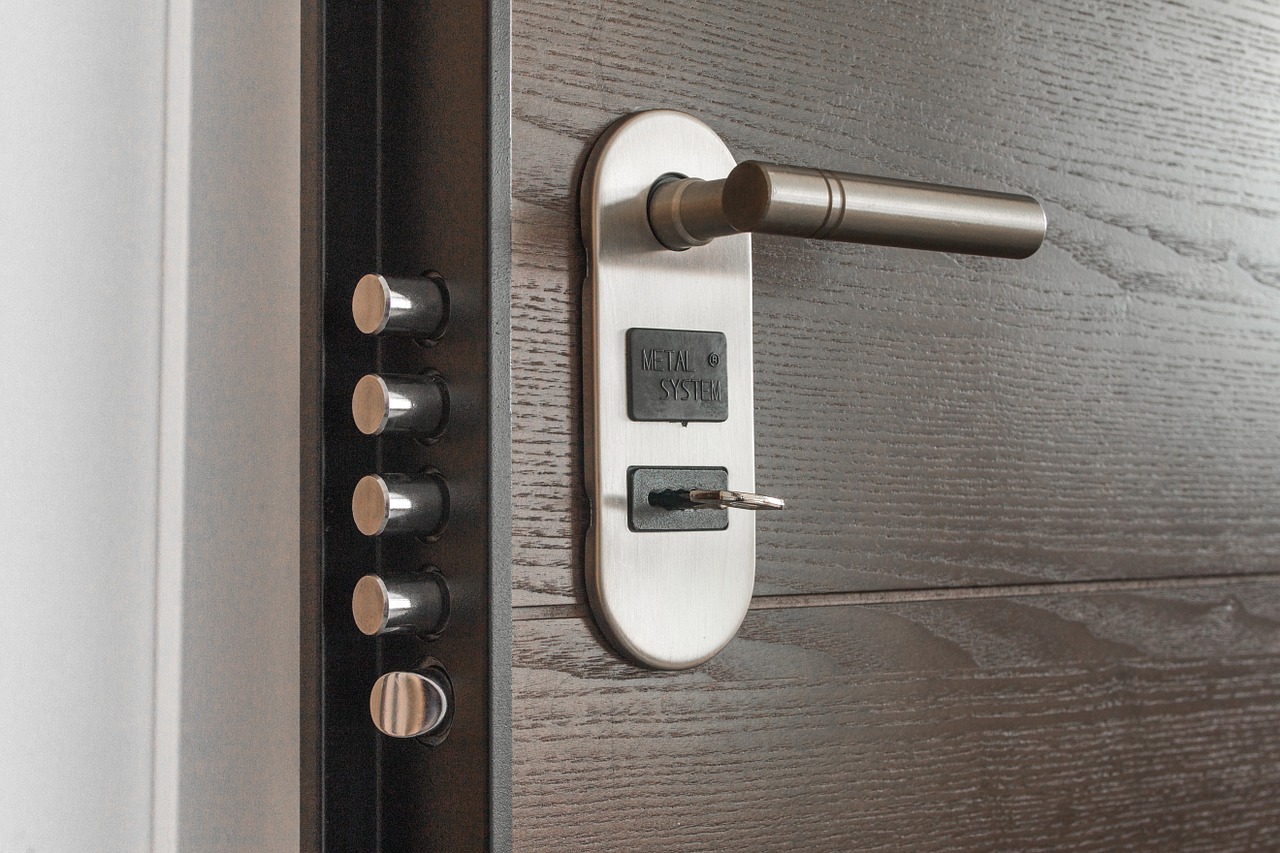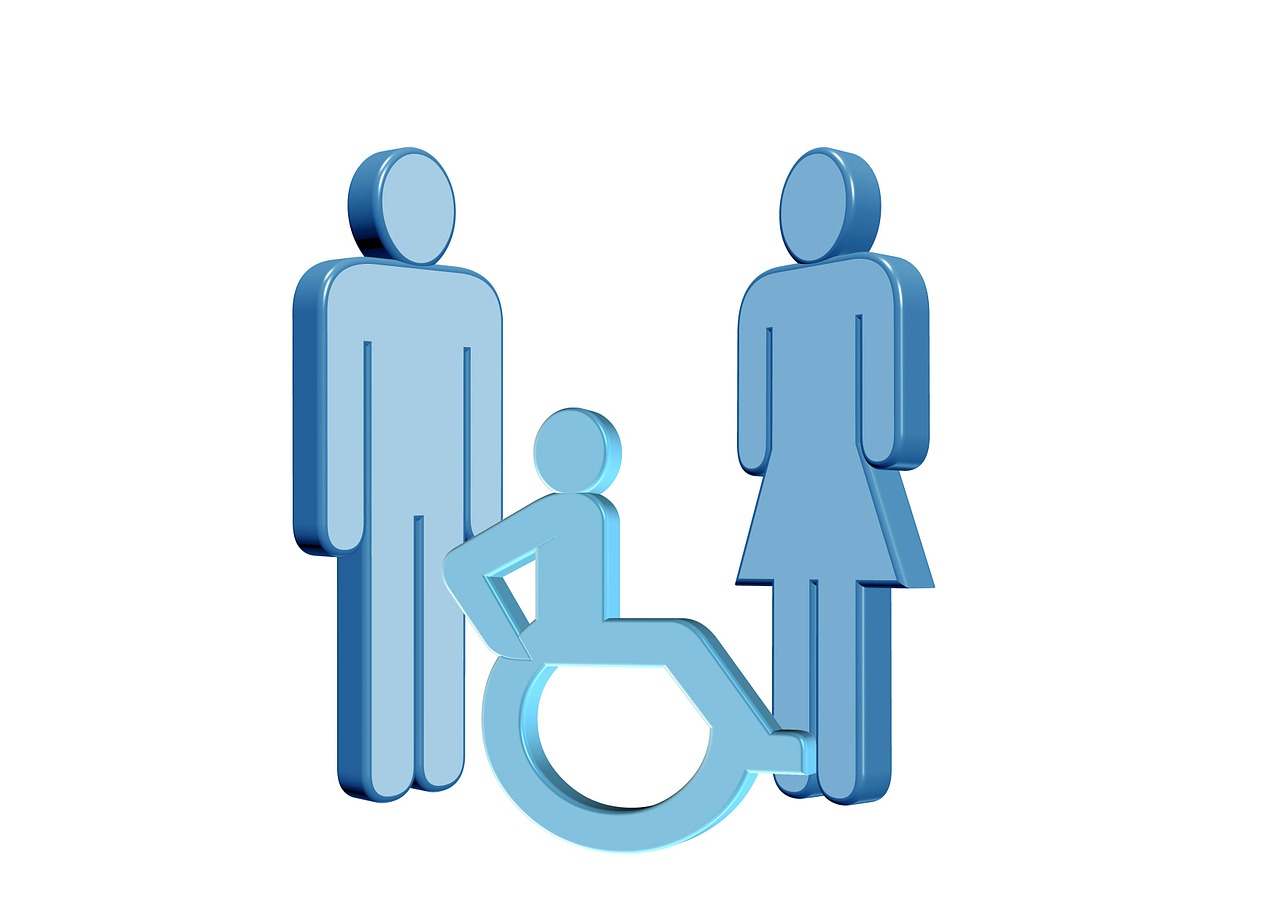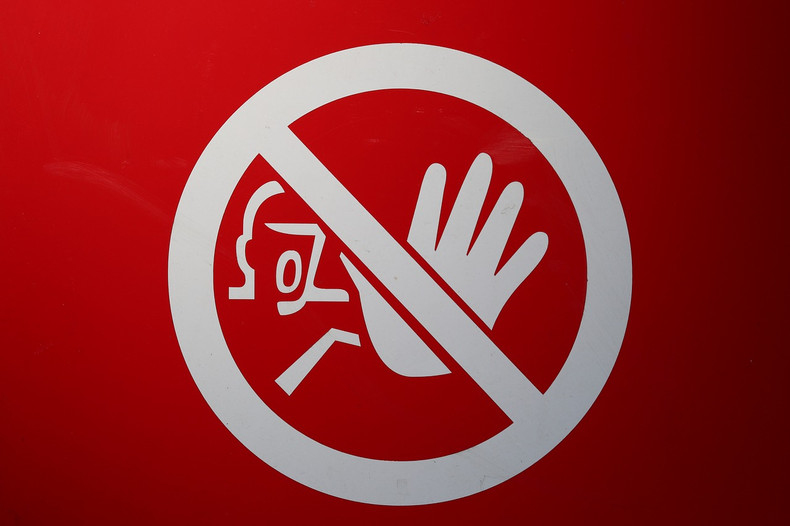The ADA
The Americans with Disabilities Act or ADA is a federal law that is designed to prohibit discrimination against people with disabilities. ADA standards are in place for just about every public accommodation or business, which are specific requirements intended to improve accessibility for those with disabilities.

It's The Law
In addition, the Americans with Disabilities Act is a federal law that, by nature, makes it mandatory. It is enforced by several branches of the Department of Justice, and businesses that do not comply have steep consequences.
In this post, we will discuss some of the most common ADA violations to avoid, so if you are a business owner today, you need this information.
Which Businesses Must Comply?
According to the ADA requirements, for every business with 15 or more full-time employees (with very few exceptions), all commercial property owners and facility managers must be in ADA compliance. In addition, all new construction (after 2011) for commercial facilities are designed with accessible buildings using the 2010 Design Standards.
There are a few exceptions (for example religious organizations), and some local laws are different from others, so you can double-check the ADA site and your individual state's laws for additional general information and exactly what is required.

Accessible Design
ADA regulations state that every public facility or building be accessible to anyone with a disability. This includes a variety of different factors including design, signage, alterations, and specific accommodations.
Generally speaking, the facility must have wheelchair access and ADA-compliant signage. This ensures that a person with a disability can navigate your business.
Most Common Violations

The ADA's requirements are no joke, and today's collectively progressive attitude tolerates no violations before steep consequences are applied. Even for a first offense, the fine is usually the maximum of $150,000, with any additional violation costing another $75,000 each.
Then there's possible litigation to worry about, not to mention the bad press - or worse - for your business! If you need legal advice, talk to an ADA consultant first.
Keep in mind these are in no particular order, but they do represent the top 10 most common violations we've found to be true, here at ADA Central.
Violation #1 - Inaccessible Doors
Inaccessible entrance and/or exit from the building. There are ADA regulations for an accessible door or entrance, as well as for all exits including the emergency exit door. When a business is not ADA compliant, they do not provide access to their facilities. What they don't seem to understand is they're actually hurting the business.
Violation #2 - No Ramps
Incorrect curb ramp height or no curb ramps at all. Ramps are needed for wheelchair access to the buildings. Ramps are necessary from the parking lot access to the curb, and sometimes to the door of the building. These ramps must meet height and slope requirements, plus others. They are necessary for wheelchair accessibility.
Violation #3 - No Accessible Parking Spaces
No marked parking spaces. There are countless ADA regulations for accessible parking spaces for every kind of business. The number of spots needed varies with the total number of spaces in the lot. There must always be at least one that is also van accessible and properly marked as such.
In addition, to avoid violations, the parking spots must be located on flat ground, at the shortest distance, and the easiest route to the entrance door of the facility.
There must be a clear access aisle next to the space to give the person with the disability totally safe access from the vehicle to the business.
Violation #4 - No Accessible Restrooms / Inadequate

There are literally hundreds of specific ADA regulations which must be met for restrooms to be in compliance. There must be an extra-wide stall for wheelchairs or other assistive devices, everything must be at consistent heights and locations, and controls must be automatic or hand-operated.
Above all, ADA signage must be posted clearly and correctly for facilities to be in ADA compliance.
Violation #5 - Service Animals Not Permitted
A service animal is generally protected and must be granted access to any building its owner goes into. Regardless of your location and even if you go to another country, most of them recognize service animals in similar ways. So if a place of business asks for proof or denies you service for no good reason, this is an ADA violation.
The ADA requires that the owner with a disability of a service animal be taken at their word, and they aren't required to carry any proof.
Violation #6 - Improper ADA Signage or No ADA Signs
Although we stated the ADA violations were in no specific order, which they are not, there is one that stands out as the number one cited ADA violation, and that pertains to ADA signs.
We saved it for last because it's the most important thing to remember when making your business ADA compliant. It is estimated that 95% of all organizations have ADA code violations in the U.S., and most are from improper signage.
ADA Sign Requirements

The location of a sign must be consistent in all public places across the board, generally speaking. If people are aware that there should be a sign in a certain place, it is possible to navigate without incident in case of an emergency situation. It is for this reason primarily that ADA signs must be mounted in certain places, at specific heights, and with visual guidelines.
Even if you have limited resources, employees and patrons alike should have the ability to utilize the services you offer. There are always alternatives if money is an issue. An honest effort goes a long way.
ADA Central
ADA Central is the authority on ADA-compliant signs and all ADA accessible design standards. We can answer any ADA compliance questions you may have, and we have a huge stock inventory of high-quality ADA signs. Plus, we make top-quality custom signage too. Expedited orders are available. Contact us today at ADA Central, right here on our website.

